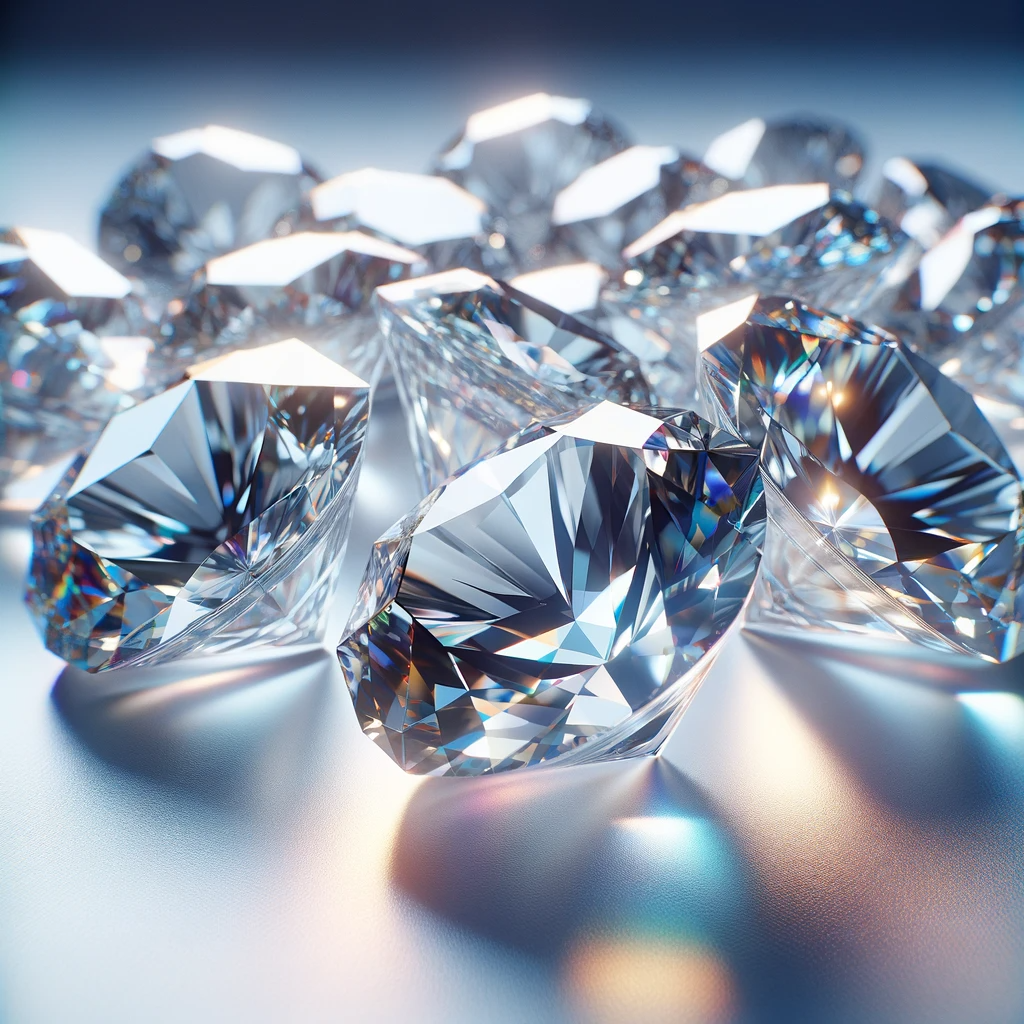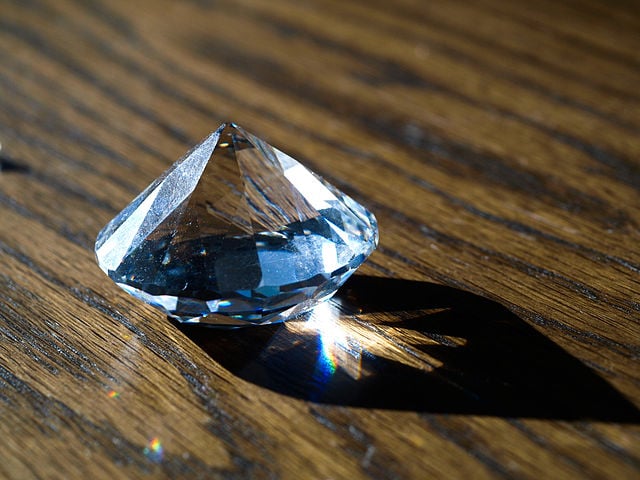Lab Diamond Rings: Platinum vs Gold – Which is the Best Choice

When choosing a setting for your lab diamond ring, one of the most important decisions you’ll make is whether to go with platinum or gold. Both metals have unique qualities, and each offers distinct advantages for those looking to create a stunning and lasting piece of jewelry. This article will explore the differences between lab diamond rings platinum vs gold, helping you decide which option is the best for your personal style and budget.
Understanding Platinum and Gold for Lab Diamond Rings
Platinum and gold are two of the most popular metals used in engagement rings, including those featuring lab diamonds. While both are durable and beautiful, their differences are significant when it comes to how they interact with lab diamonds. Platinum is a naturally white metal that doesn’t tarnish over time, making it an ideal choice for those who want a timeless, classic look. Gold, on the other hand, is a versatile metal available in various colors, including yellow, white, and rose gold. The choice between lab diamond rings platinum vs gold ultimately comes down to personal taste, lifestyle, and desired aesthetics.
Platinum is often considered the more luxurious option. It is heavier, denser, and generally more expensive than gold. Its naturally white hue enhances the brilliance of the lab diamond and provides a sophisticated, elegant look. Gold, especially white gold, is also a popular choice due to its versatility, availability in different karats, and affordability compared to platinum. Gold can also be a great choice for those who prefer the warm glow of yellow or rose gold.
Durability of Lab Diamond Rings: Platinum vs Gold
Durability is a critical consideration when choosing between lab diamond rings platinum vs gold. Platinum is one of the most durable metals, making it an excellent option for those who want a long-lasting and sturdy setting for their lab diamond. It is highly resistant to wear and tear and is less likely to scratch or lose its shape. Because platinum is a dense metal, it tends to hold the diamond more securely, making it ideal for those who lead an active lifestyle or are concerned about the security of their stone.
Gold, while also durable, is generally softer than platinum, especially in its pure form. Gold can be alloyed with other metals to increase its strength, but even 18K or 14K gold, which is commonly used for engagement rings, may not be as resistant to scratching as platinum. Over time, gold rings may show signs of wear, including scratches or dents. However, gold’s malleability allows it to be easily re-polished and reshaped, making it a great option for those who enjoy maintaining and caring for their jewelry.
Aesthetic Appeal: Lab Diamond Rings Platinum vs Gold
The aesthetic appeal of a lab diamond ring is one of the most important factors when deciding between platinum and gold. Lab diamond rings platinum vs gold both have their own unique visual qualities that complement the brilliance of the diamond. Platinum, being naturally white, enhances the sparkle and radiance of a lab diamond, making it appear even more brilliant and clean. This makes platinum an excellent choice for those who want their ring to have a modern, sophisticated appearance.
Gold, on the other hand, offers more versatility in terms of color. White gold, when alloyed with metals like palladium, offers a similar white appearance to platinum but with a slightly warmer tone. Yellow gold provides a rich, warm glow that contrasts beautifully with the sparkle of a lab diamond, making it a popular choice for those who prefer a more traditional look. Rose gold, with its subtle pinkish hue, offers a romantic and vintage-inspired aesthetic, making it an excellent choice for those who appreciate unique, timeless beauty.
Price Comparison: Lab Diamond Rings Platinum vs Gold
One of the most significant differences between lab diamond rings platinum vs gold is the price. Platinum is a rare and precious metal, and its scarcity contributes to its higher cost. The density of platinum also means that a platinum ring will generally weigh more than a gold ring of the same size, adding to its price. Additionally, platinum’s price is affected by factors such as market demand and the cost of mining and refining the metal.
Gold, in comparison, is generally more affordable than platinum. The cost of gold varies depending on the karat, with 14K and 18K gold being the most common choices for engagement rings. The price difference between gold and platinum can be significant, and for those working within a specific budget, gold may offer a more cost-effective option without sacrificing the beauty or quality of the ring. When considering lab diamond rings platinum vs gold, your budget and financial priorities will play a significant role in your decision.
Maintenance and Care: Lab Diamond Rings Platinum vs Gold
When it comes to maintenance and care, lab diamond rings platinum vs gold require different levels of attention. Platinum is a low-maintenance metal. It doesn’t tarnish or lose its luster over time, and it doesn’t need to be replated, unlike white gold, which can lose its rhodium coating and require periodic replating. However, because platinum is a softer metal, it can develop a patina over time, which some people find desirable, as it adds character to the ring. Others may prefer to have their platinum ring polished to restore its original shine.
Gold, especially yellow and rose gold, can require more maintenance over time. While gold is resistant to tarnishing, it can scratch more easily than platinum, and it may need to be polished or re-coated to maintain its appearance. White gold rings, in particular, require regular rhodium plating to keep them looking white and bright. As gold is a malleable metal, gold rings are easier to resize and modify than platinum rings, which may be a consideration if you need to make adjustments in the future.
Choosing Between Lab Diamond Rings Platinum vs Gold
When deciding between lab diamond rings platinum vs gold, there are several factors to consider, including durability, aesthetics, price, and maintenance. Platinum offers unmatched durability and a sophisticated, timeless look. It is an ideal choice for those who want a heavy, secure setting that will last for generations. Platinum’s natural white color enhances the sparkle of the lab grown diamonds, making it a favorite choice for those seeking a classic, elegant design.
Gold, on the other hand, offers more flexibility in terms of color and price. White gold provides a similar appearance to platinum at a more affordable price, while yellow and rose gold offer a warmer, more traditional look. Gold may be a better choice for those who prefer a metal that can be easily resized and re-polished, and it is ideal for those who want a more budget-friendly option without sacrificing quality.
Conclusion: Platinum or Gold for Your Lab Diamond Ring?
Choosing between lab diamond rings platinum vs gold ultimately depends on your personal style, preferences, and budget. Platinum offers unmatched durability, a timeless aesthetic, and a luxurious feel, making it a perfect choice for those seeking a long-lasting and elegant setting. Gold, with its variety of colors and more affordable price, offers versatility and warmth, making it an excellent choice for those seeking a unique and budget-conscious option.





